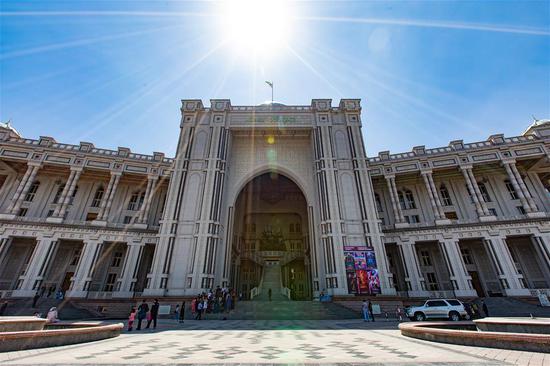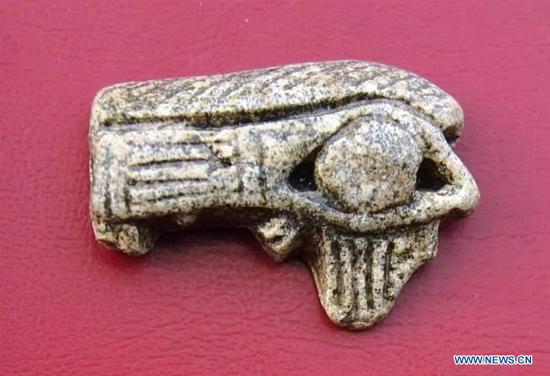A team of astronomers have discovered that a black hole at the center of a nearby dwarf galaxy, called NGC 4395, is about 40 times smaller than previously thought.
To determine the mass of NGC's black hole, the astronomers employed reverberation mapping, which measures mass by monitoring radiation thrown off by what's called an accretion disk around the black hole, according to a news release posted on the website of the University of Michigan (UM) on Monday.
Using data from the MDM Observatory, the astronomers calculated that it took about 83 minutes, give or take 14 minutes, for radiation to reach the broad-line region from the accretion disk.
To calculate the black hole mass, they also had to measure the intrinsic speed of the broad-line region, which is the speed at which the region cloud is moving under the influence of the black hole gravity. To do this, they took a high-quality spectrum with the GMOS spectrometer on GEMINI North telescope.
By knowing this number, the speed of the broad-line region, the speed of light and what's called the gravitational constant, or a measure of gravitational force, the astronomers were able to determine that the black hole's mass was about 10,000 times the mass of the sun, which is about 40 times lighter than previously thought.
This is also the smallest black hole found via reverberation mapping.
"This regime of dwarf galaxies is largely unexplored when it comes to the properties of their nuclear black holes," said UM astronomer Elena Gallo. "We don't even know if every galaxy has a black hole. This adds a new member to the family of black holes we have information about."
This information also could help astronomers understand how much larger black holes shape the galaxies they occupy. A field called black hole feedback explores how black holes affect the properties of their host galaxies at much larger scales than their gravitational pull should reach.
Currently, astronomers believe that supermassive black holes sit at the center of every galaxy as massive as or larger than the Milky Way. But they're also curious about black holes in smaller galaxies such as NGC 4395. Knowing the mass of the black hole at the center of NGC 4395 and being able to measure it accurately can help astronomers apply these techniques to other black holes.
The findings have been published in the journal Nature Astronomy.


















































